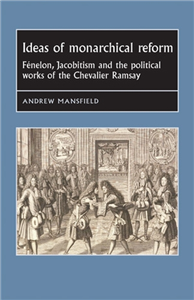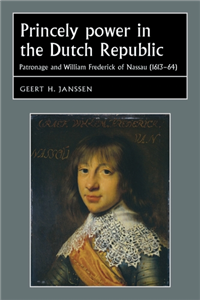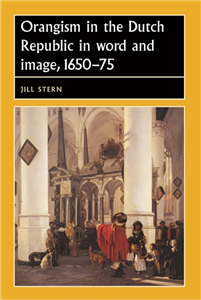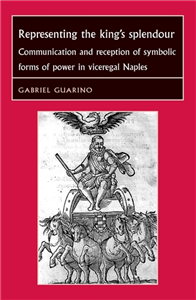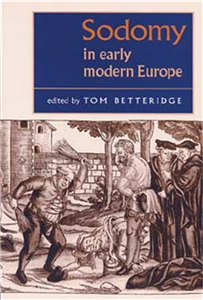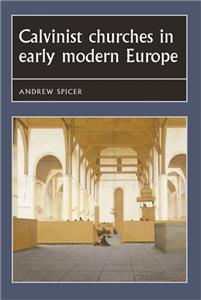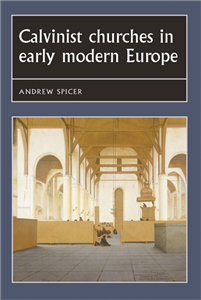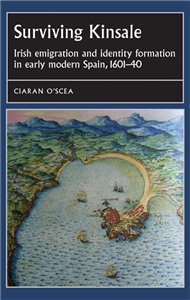Robert Lecker Agency
Robert Lecker Agency is a dynamic literary management and consulting firm devoted to securing and advancing the careers of its client authors. The Agency draws on 30 years of publishing experience to obtain profitable and fair contracts with North America’s fastest growing publishers. Robert Lecker has worked extensively in trade publishing and has an established track record as an editor, coordinator, and subsidiary rights manager. RLA specializes in books about entertainment, music, popular culture, popular science, intellectual and cultural history, food, and travel. However, we are open to any idea that is original and well presented. We are also receptive to books written by academics that can attract a broad range of readers.
View Rights Portal




